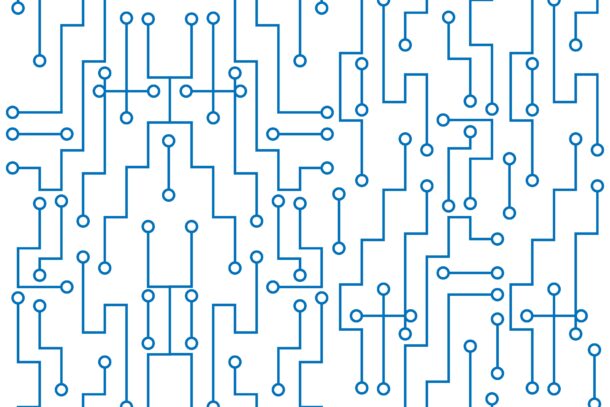VHDL, which stands for VHSIC (Very High Speed Integrated Circuit) Hardware Description Language, is a programming language used to model and describe digital electronic systems. It was originally developed in the 1980s by the U.S. Department of Defense as a standard for designing and documenting electronic systems, and it is still widely used today for that purpose.
VHDL is a strongly typed, concurrent, and synthesizable language, which means that it is well suited for modeling and describing the behavior of digital logic circuits. VHDL allows designers to specify the behavior and structure of a digital system at a high level of abstraction, using constructs such as entities, architectures, and packages. This makes it possible to create and simulate complex digital systems before they are actually built, which can save time and money in the design process.
VHDL is used in a variety of applications, including the design of digital logic circuits, the verification of digital systems, and the generation of hardware description language (HDL) code for FPGA (field-programmable gate array) devices. It is also used in the development of software tools for electronic design automation (EDA), such as synthesis and simulation tools.
One of the key advantages of VHDL is its ability to allow designers to model and simulate complex digital systems before they are built. This can help identify design errors early on in the design process, which can save time and money. VHDL also allows designers to create reusable components, which can be incorporated into other designs, making the design process more efficient.
Overall, VHDL is an important tool for digital designers and engineers, as it provides a powerful and flexible way to model and describe digital systems. It is widely used in industry, academia, and government, and it continues to evolve and be refined as new technologies and design challenges emerge.


